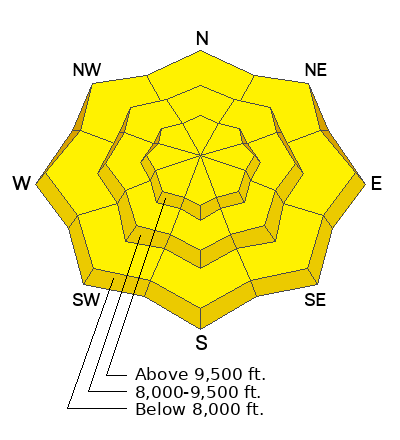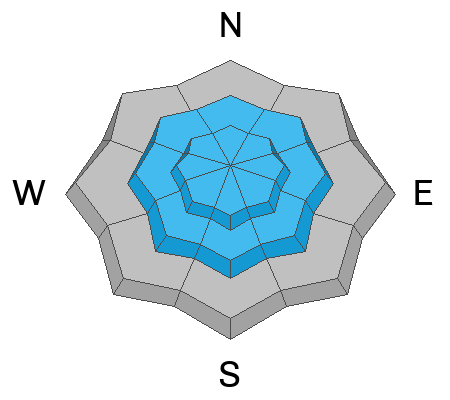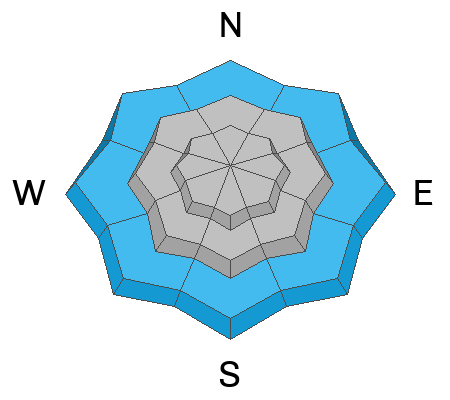Forecast for the Salt Lake Area Mountains

Issued by Drew Hardesty on
Tuesday morning, March 14, 2023
Tuesday morning, March 14, 2023
A MODERATE avalanche danger exists for developing soft and hard slabs of wind drifted snow. These drifts will be most prevalent on west to north to east facing slopes. Wet loose avalanches will also become a problem with rain to 8000' this afternoon/evening. Cornices and roof avalanches will be increasingly dangerous.
I expect the avalanche danger to reach HIGH tonight into tomorrow with the storm.

Low
Moderate
Considerable
High
Extreme
Learn how to read the forecast here








